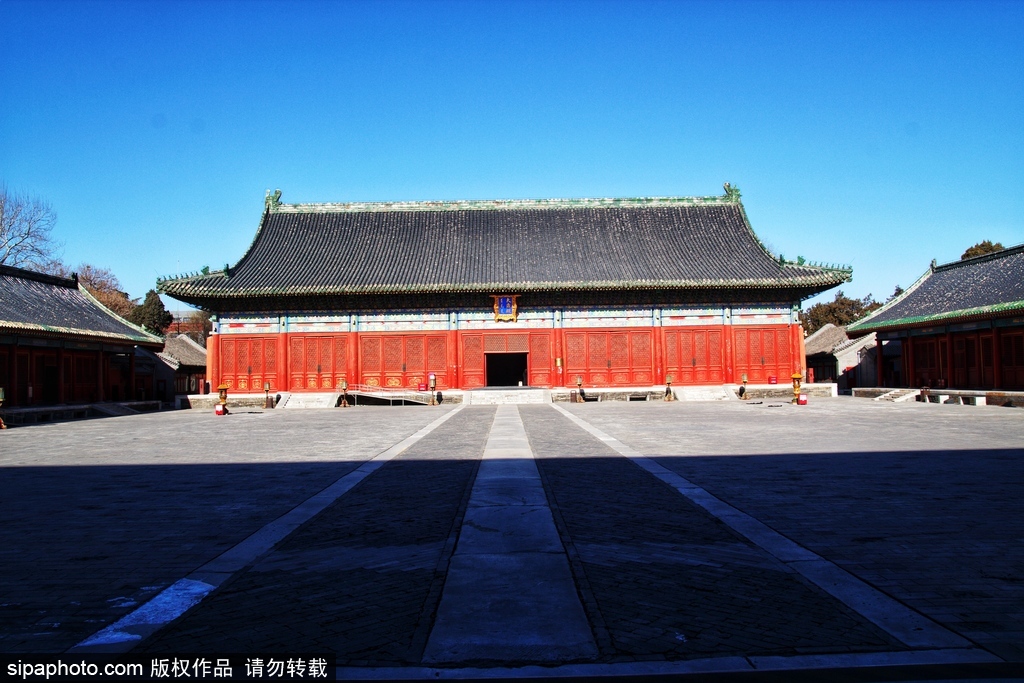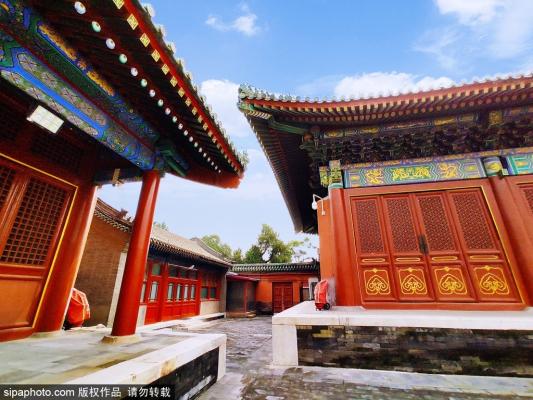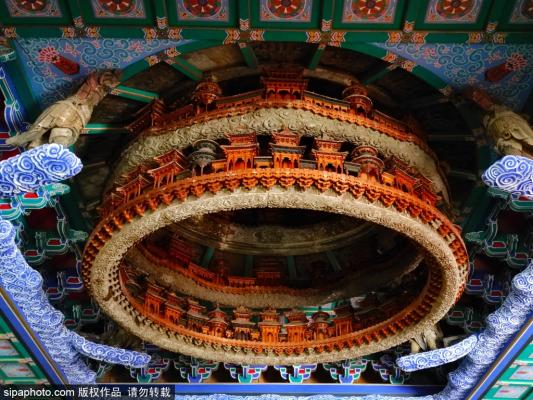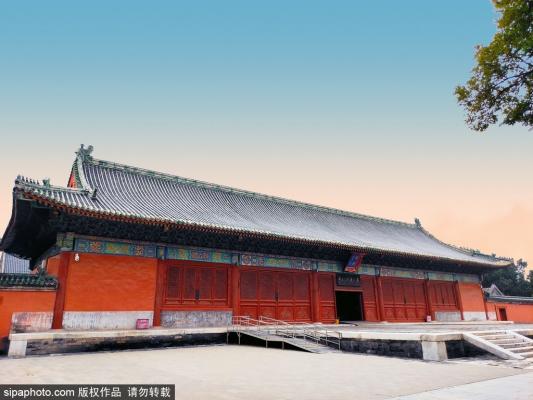Altar of the God of Agriculture (先农坛)
The Altar of the God of Agriculture sits west of Beijing Central Axis in symmetry to the Temple of Heaven on the east.
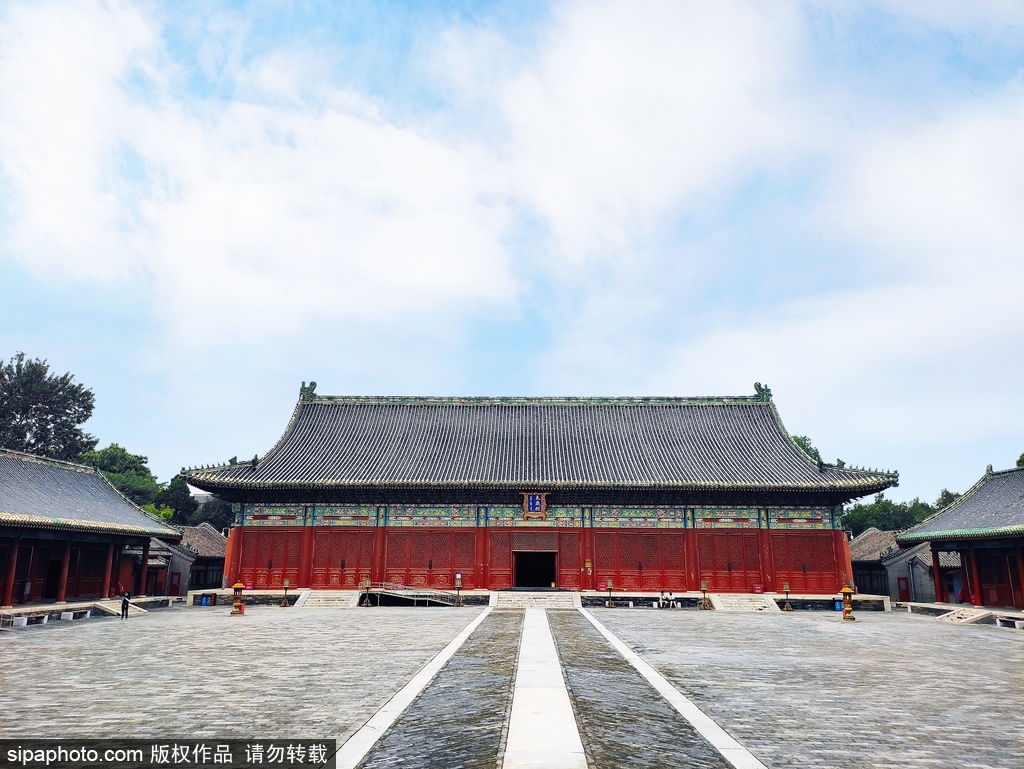
-
Tel:
86-10-63172150 -
Best Time to Visit:
All year round -
Duration:
1-2 hours -
Admission:
15 RMB
The first 200 visitors get free tickets every Wednesday 15 RMB
The first 200 visitors get free tickets every Wednesday -
Opening Hours:
09:00 - 15:00
Entry stops at 16:30
Closed every Monday (except national holidays)
Description
Altar of the God of Agriculture (先农坛)
The Altar of the God of Agriculture sits west of Beijing Central Axis in symmetry to the Temple of Heaven on the east. This layout highlights the respect for and emphasis on rituals and order in Chinese capital city planning.
As the largest existing ancient Chinese venue for imperial sacrificial ceremonies in honor of the God of Agriculture, the altar also reveals how traditional Chinese society showed respect for its agrarian culture. It is thus a carrier of the ceremonial traditions of the...
Altar of the God of Agriculture (先农坛)
The Altar of the God of Agriculture sits west of Beijing Central Axis in symmetry to the Temple of Heaven on the east. This layout highlights the respect for and emphasis on rituals and order in Chinese capital city planning.
As the largest existing ancient Chinese venue for imperial sacrificial ceremonies in honor of the God of Agriculture, the altar also reveals how traditional Chinese society showed respect for its agrarian culture. It is thus a carrier of the ceremonial traditions of the Ming and Qing dynasties that offered sacrifices to the God of Agriculture.
Gallery
Latest News
Explore
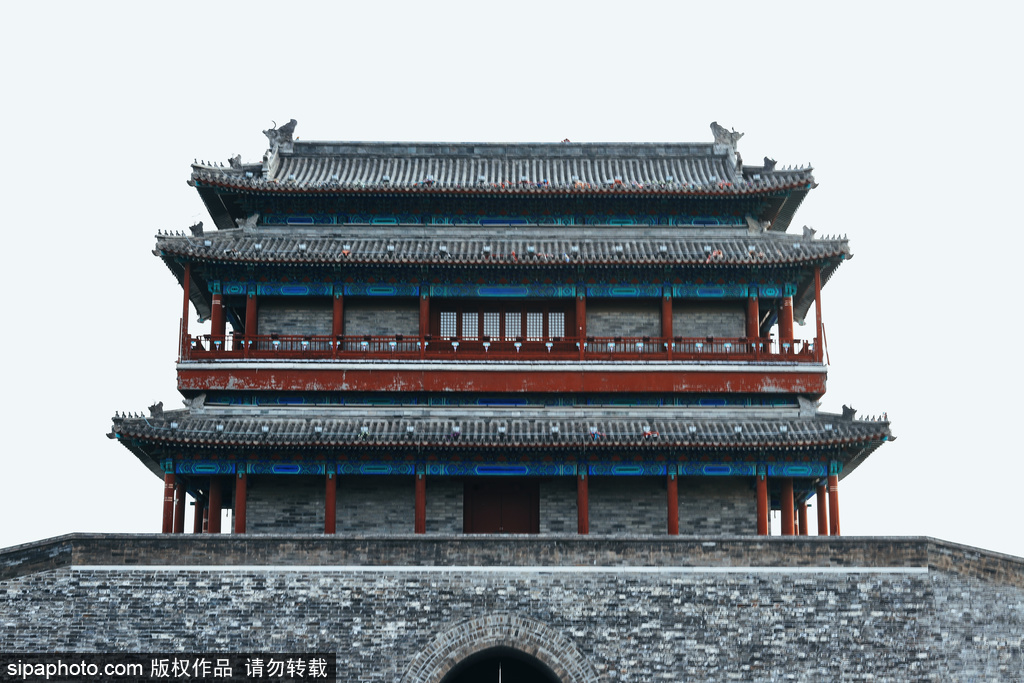
Yongdingmen Gate
Yongdingmen Gate was built in the thirty-second year of Jiajing in the Ming Dynasty (1553), which is more than 130 years later than Zhengyangmen Gate (built in 1419), which is also located on the central axis. This is because Yongdingmen is the gate of the outer city, and Beijing City had no outer city at the beginning of its construction during the Yongle period of the Ming Dynasty.
Jingshan Park
The Jingshan Park is a picturesque royal garden and the largest garden to appreciate the peonies. Jingshan's history dates back to the Liao and Jin dynasties, almost a thousand years ago. It is one of the oldest and most completely preserved imperial gardens in China, and used to be an integral part of the imperial palace.
Temple of Heaven
Built in the 18th year of the Yongle era of the Ming Dynasty (1420), the Temple of Heaven was expanded and rebuilt in the Jiajing era of the Ming Dynasty and the Qianlong era of the Qing Dynasty. The architecture is magnificent and the environment is solemn.
The Temple of Heaven is the place where the emperors of Ming and Qing dynasties "worship the heaven" and "pray for the good harvest".
Do You Know

Qingcheng Palace
Qingcheng Palace was built in the second year of Ming Tianshun (1458) as "Fasting Palace", which was the place where the emperor fasted before sacrificing his own farming. However, basically it has not been used since it was built. In the 20th year of Qianlong (1755), it was renamed "Qingcheng Palace" and became a place where the emperor rested and rewarded his followers after performing the cultivation ceremony.
